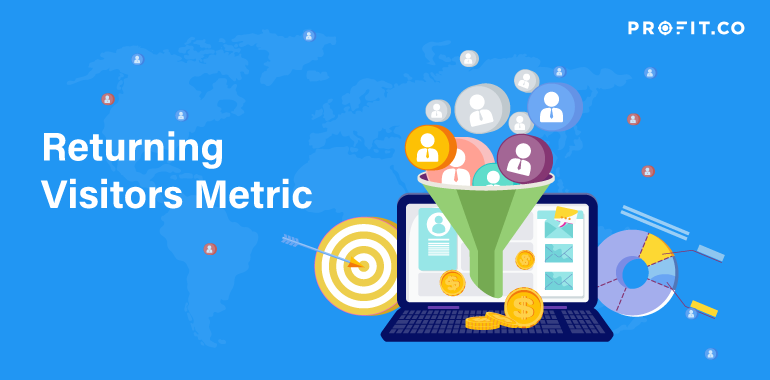So, how loyal are your visitors, if you were to be honest? Do they return after visiting once, or is it just a “one-night stand” for them? There’s a reason why returning customers hold value to a certain business – and not only because you sell them your services. It’s because, whether they notice it or not, they advertise your company.
A returning customer will always bring new customers with them – which will further increase your profit. This is why it is very important to know exactly how many returning visitors you have – since it will give you an idea of your upcoming revenue.
Defining the Returning Visitor Metric
The returning visitor metric is a tool that will track down your previous visitors – and analyze what happens if they return to your domain again. This metric has a clear purpose in mind: permitting digital marketers to see how efficient they are when it comes building their audience – and making sure they come back. This will prove that their content marketing efforts have paid off.
This metric will organize each individual’s visits into groups, depending on how many times a visitor returns. They can be 2 to 3 visit, 4 to 9 visits, or more than 10 visits. This metric will also offer you information regarding your website’s average browsing rate (meaning, pages per session for every visitor), and average time spent on the website by the returning visitors.
As denoted by the Mouth over Mouth (%MoM) columns, the comparison period allows the marketers to see exactly how their trending is evolving. The returning visitor metric can also reverse the engineer traffic patterns – therefore showing precisely how the audience behavior is affected by the content marketing strategy.
The Challenges of a Returning Visitor Metric
The returning visitor metric has its own issues – and those are found in the form of “cookies.” If the visitor comes to the website for the second time and their device does not accept cookies (or has deleted them altogether), then the user will not be seen as a returning one. In the eyes of the metric, he or she who accessed the website will be a new visitor.
Best Practices for Returning Visitor Metrics
To utilize returning metrics to their fullest, here are some practices and thoughts that you may want to consider the following practices:
If you have infrequent visitors that only visit two or three times, it does not mean that they show a lack of loyalty. Look at the data based on your business’s nature: do you sell everyday products or luxury ones?
You should not use the returning visits %MoM as the main indicator of a visitor’s loyalty.
Take a close look at the average pages per visit. This will tell you whether your website’s content matches the information that your client is looking for or not.
You may want to couple the returning visitor metric with other metrics as well. This will provide a clear read of your marketing performance.
